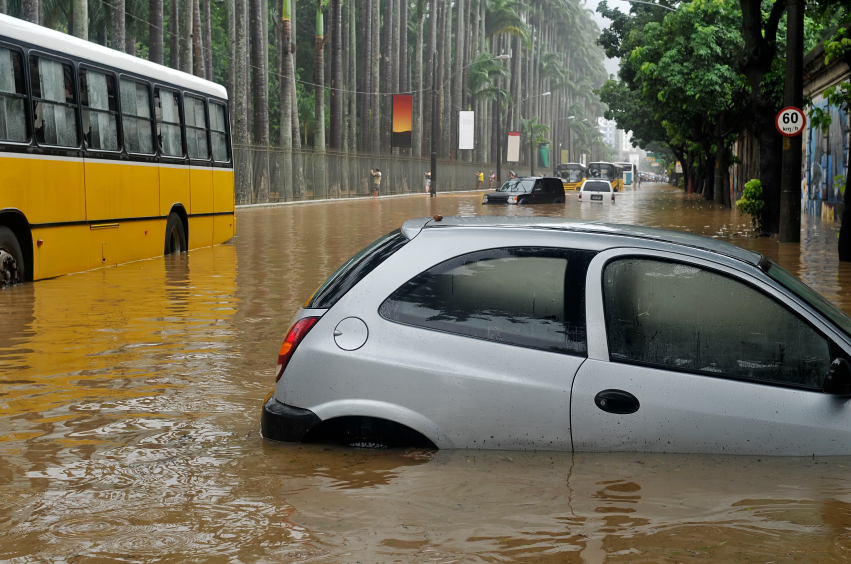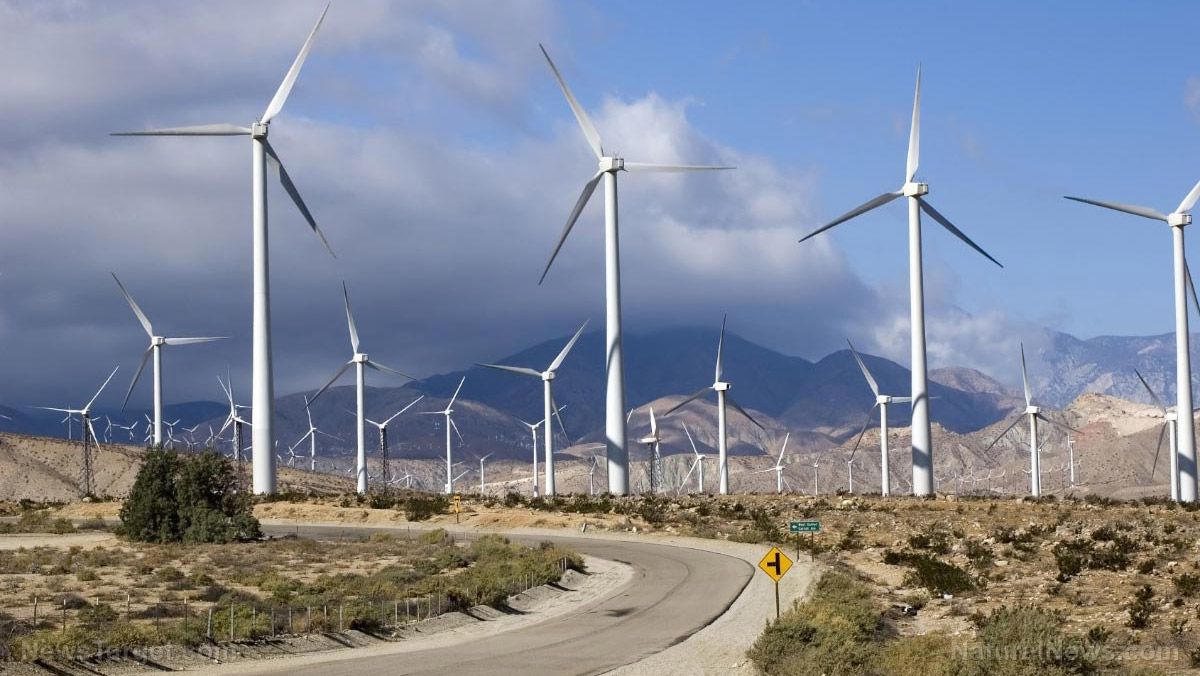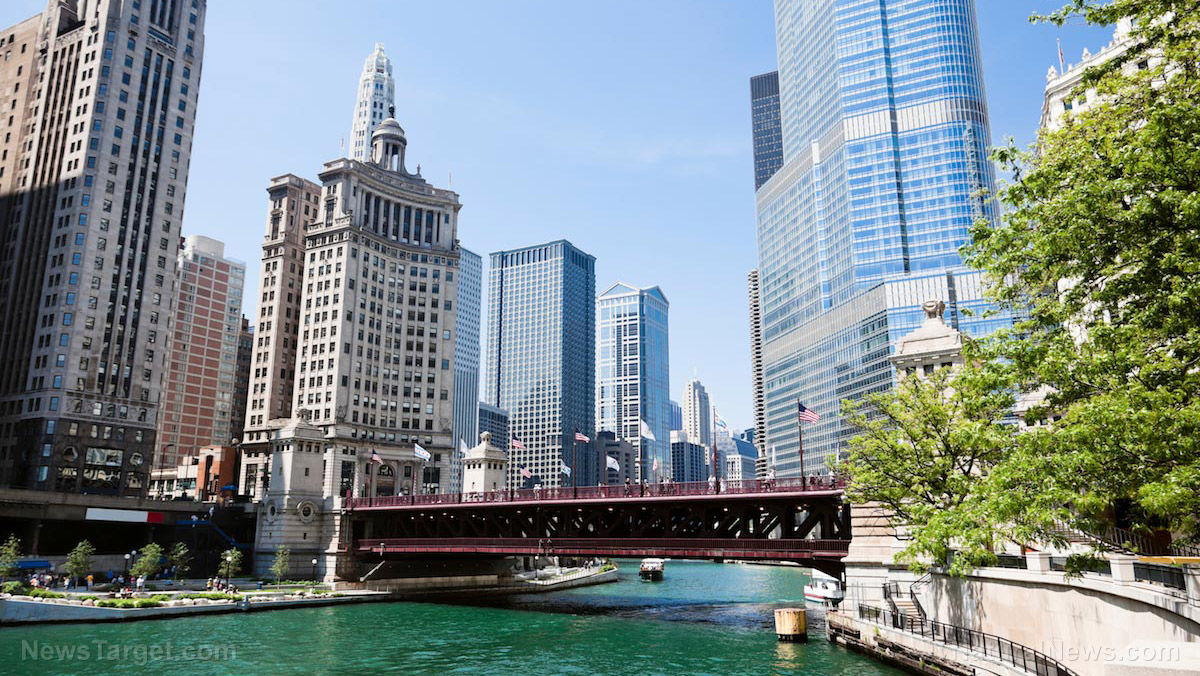
As of Monday, March 22, 38 locations in Australia have been considered natural disaster areas. Some areas have even seen rainfall that is five times the country's usual monthly average for March. The torrential rain, which prompted the closure of more than 150 schools, was expected to continue through Tuesday night.
Given that the country saw some of the worst wildfires in its recorded history only a year ago, the flooding now has become another record-breaker. NSW Premier Gladys Berejiklian offered support to residents, stating that the flooding, on top of a pandemic, is life-changing. "It can make you feel like you are at breaking point."
Berejiklian added that the downpour across NSW, the country's most populous state, was worse than had been expected, especially in low-lying areas in the northwest. In a televised briefing, she said they had hoped the flooding would only be a one-in-20-year event. "Now it looks like a [one]-in-50 year event."
The Premier also said no casualties have been reported so far as of Monday. But there has been massive damage. Several pictures circulating online have shown houses, roads and even trees completely submerged.
The heavy rain and flooding especially affected suburbs west of Sydney, the capital city of NSW. The city saw its wettest day of the year on Sunday, when it received 4.4 inches of rain. NSW officials said the flooding in Sydney was because of the Hawkesbury and Nepean rivers overflowing, which caused dams to overflow as well.
Floods engulf houses, residents blame development
Residents in northwestern NSW were forced to evacuate as fast-moving water destroyed homes. Social media and television videos showed water uprooting houses, engulfing roads and damaging road infrastructure. Officials estimate the number of damaged houses to be in the hundreds.
Some residents blamed the flooding on the development of new estates around the old suburbs. Shaun Boland, whose own house went under after Sydney's Warragamba Dam spilled over, was furious.
"You can't just have thousands of acres of grass and rezone it for thousands of houses and new roads and not expect all the rainwater to run down into the river," he said. Other old houses in the area went under as well.
Since Thursday, emergency crews have responded to about 6,000 calls for help, including almost 700 pleas for rescue from the floods.
The extreme weather has also affected the delivery of coronavirus vaccines to NSW, disrupting plans to deliver the first doses of the vaccine to nearly six million people over the next few weeks. Michael Kidd, deputy chief medical officer of the Department of Health, said they need to wait and see what happens with the weather.
Rains, floods affect native animals
It wasn't just residents who were scrambling to flee their homes amid the floods. Local wildlife, including spiders and snakes, fled their habitats to escape the rains as well.
Wildlife carers and environmental groups said that since the rains began, they have received calls about animals hit by cars after fleeing to higher ground, kangaroos stuck in drainpipes and sea turtles swept away from their natural habitats.
Some of the most affected animals are those that dwell underground, such as wombats and echidnas. Evan Quartermain, Australian head of programs and disaster response for the Humane Society International, explained that the effects of flooding on native animals are usually varied but "almost always severe."
Quartermain said local wildlife would need support for months to come. And besides ground-dwelling animals, aquatic ones, such as platypuses and sea turtles would also need support as they face major run-off issues. He added that the heavy rains also create havoc for birds that struggle to find shelter during the deluge.
Wildlife carers have been taking calls for injured animals. But they expect the calls to increase as the rains stop and the floods subside beginning Wednesday. (Related: New flood maps reveal: 100-year floods may become yearly occurrences.)
Follow ClimateScienceNews.com to learn more about flooding rains in Australia.
Sources include:
Please contact us for more information.























